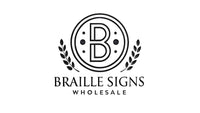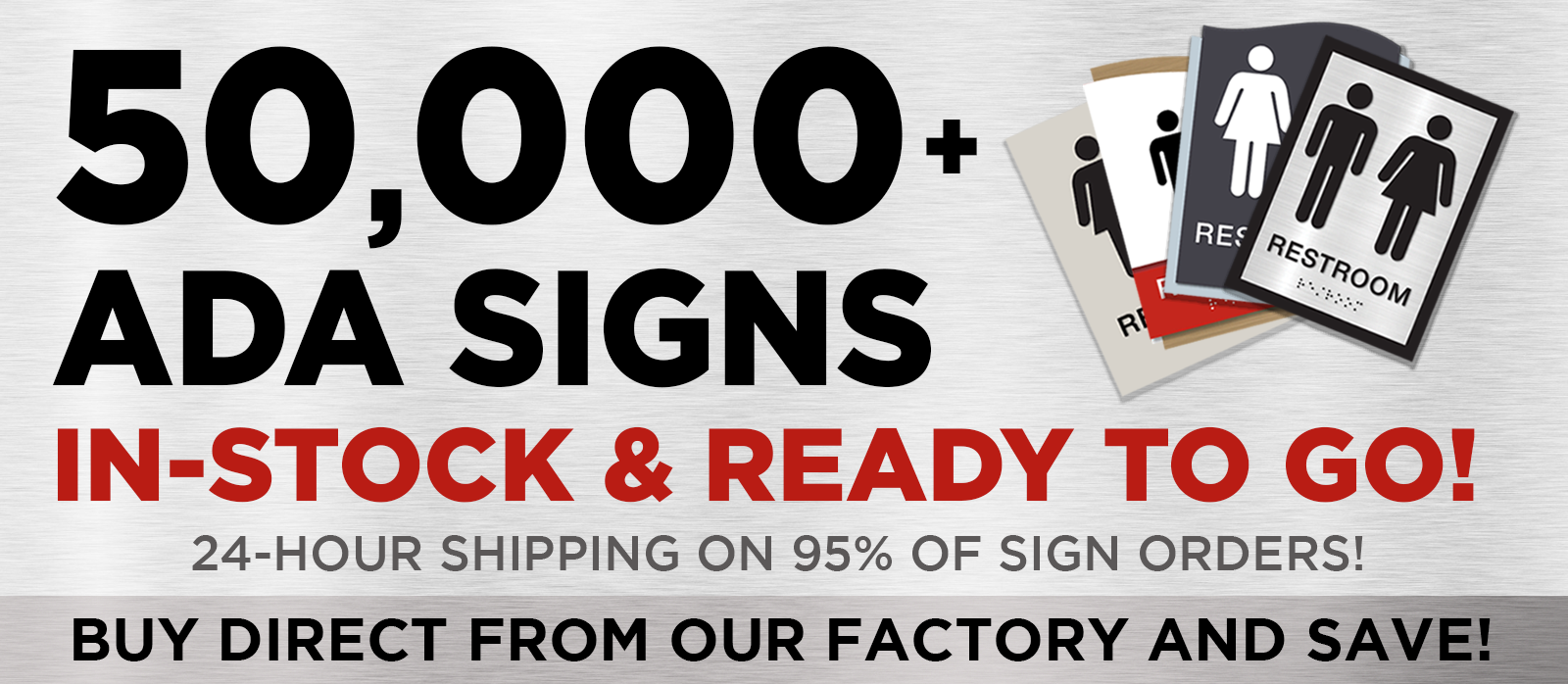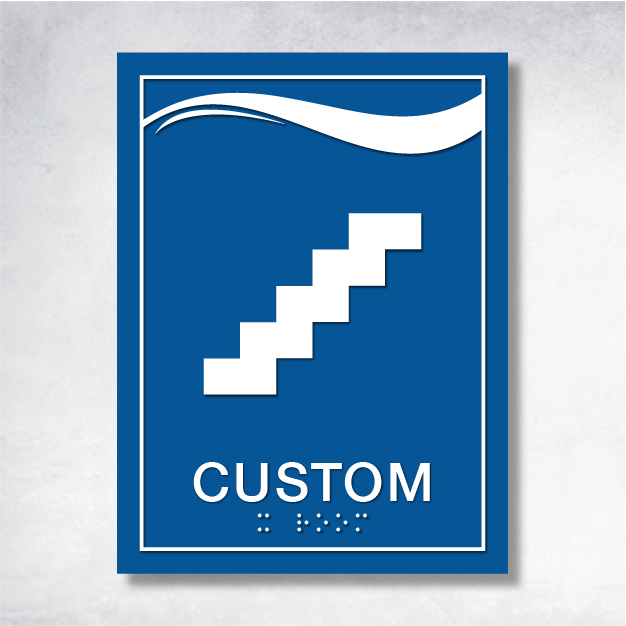Navigating the World with Touch: The Art of ADA Compliance for Braille Signage
In a world where accessibility is both a legal requirement and a moral compass, braille signage stands as a beacon of inclusivity. ADA compliance for braille signage isn't just about following rules; it's about crafting spaces where everyone, regardless of their visual abilities, can move with confidence and independence. From bustling offices to serene assisted living facilities, ADA signage plays a pivotal role in creating environments that welcome all.
Crafting the Perfect ADA Signage: A Tactile Art Form
The Americans with Disabilities Act (ADA) sets the stage for how braille signs should be designed and placed. This isn't just about aesthetics; it's about ensuring every sign is a tactile masterpiece. The guidelines cover everything from the height at which signs should be mounted to the texture of the characters. Imagine a sign that not only looks good but feels right under the fingertips, with a contrast that makes reading effortless.
Quickfire Answers to Your ADA Signage Queries
- What exactly is ADA signage? Think of ADA signage as the universal language of accessibility, crafted to meet the standards of the Americans with Disabilities Act, ensuring everyone can navigate spaces with ease.
- Why should signs be ADA compliant? ADA compliance isn't just a checkbox; it's a commitment to inclusivity, ensuring that every sign speaks to everyone, including those with disabilities.
- What are the braille specifications for ADA signs? Braille on ADA signs isn't just any braille; it needs to be rounded, domed, and perfectly positioned below the text, adhering to precise size and spacing standards.
Your Go-To Checklist for ADA Compliance in Braille Signage
- Location and Height: Mount your signs between 48 to 60 inches from the floor. This ensures they're accessible to everyone.
- Character Specifications: Opt for fonts that are easy on the eyes and tactile characters that stand out, raised by 1/32 inch.
- Contrast and Readability: A stark contrast between text and background isn't just pleasing to the eye; it's essential for readability.
- Material and Durability: Choose materials that can brave the elements, ensuring your signs stand the test of time.
- Content and Clarity: Simplicity is key. Keep your message clear and to the point.
Steering Clear of Common Pitfalls
Even the best intentions can go awry. Here are some common missteps to avoid:
- Incorrect Placement: A sign that's too high or too low is as good as invisible. Ensure it's within reach.
- Poor Braille Quality: Quality matters. Ensure your braille is well-spaced and domed for easy reading.
- Overcomplicating Information: Less is more. Keep your text straightforward to avoid confusion.
Explore Further: Resources and Inspirations
Creating Spaces of Empowerment and Respect
ADA compliance for braille signage is more than a legal obligation; it's a step towards a world where everyone feels respected and empowered. By following the ADA compliance checklist for braille signage and steering clear of common mistakes, you're not just meeting standards—you're setting them. For a deeper dive into ADA signage solutions, explore BrailleSignWholesale's extensive collection of compliant signs. Let's craft a world where everyone can navigate with ease and dignity.









